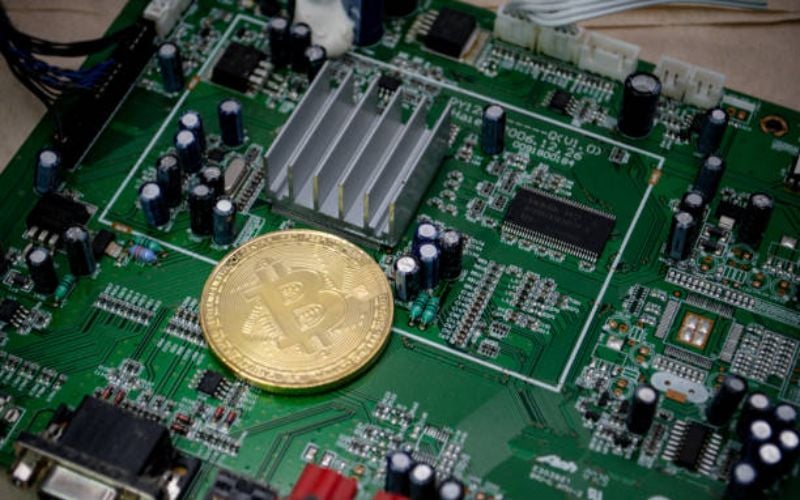Introduction: The Basics of cold plate heat sinks
Cold plate heat sinks are widely used in various industries to cool down electronic components and prevent overheating. This technology is a highly efficient way of reducing the temperature of electronic devices by using a specially designed plate that conducts heat away from the source. In this article, we will explore the efficiency of cold plate heat sinks and their advantages to help you gain a better understanding of their functionality.
Effective Thermal Management
Cold plate heat sinks are known for their exceptional thermal management capabilities. They are designed to quickly absorb heat from the source and dissipate it into the environment. This method of reducing heat is often used in high-power applications such as power electronics, aerospace, and defense, where heat dissipation is critical to the performance and longevity of the device.
Types of Cold Plate Heat Sinks
There are two main types of cold plate heat sinks: liquid cold plates and air-cooled cold plates. Liquid cold plate heat sinks use a liquid coolant to remove heat from the source, while air-cooled cold plates use a fan or other means of cooling to dissipate the heat. The choice between these two types of cold plates mainly depends on the device's operating conditions and the heat load it generates.
The Advantages of Liquid Cold Plate Heat Sinks
Liquid cold plates are more efficient than air-cooled cold plates, mainly because liquids have higher thermal conductivity than air. This means that a liquid cold plate heat sink will transfer heat more effectively to the coolant, making it an excellent choice for high-power applications. Liquid cold plates are also quieter and more reliable than air-cooled cold plates, making them ideal for applications where noise levels need to be kept to a minimum.
Design Flexibility
Cold plate heat sinks offer a high degree of design flexibility. They can be custom designed to fit a particular application, allowing for a better fit and improved thermal performance. This makes them a particularly attractive option for designers looking to optimize space and thermal performance.
The Importance of Heat Transfer Materials
When designing a cold plate heat sink, the choice of heat transfer materials plays a significant role in its performance. Copper is a popular choice for cold plate heat sinks due to its high thermal conductivity and excellent corrosion resistance. Aluminum is a cheaper and lighter alternative to copper, making it ideal for applications that require weight reduction.
The Impact of Thermal Resistance
Thermal resistance is an essential factor in the efficiency of cold plate heat sinks. It measures how well the heat sink can reduce the temperature of the electronic component. A heat sink with low thermal resistance will dissipate heat more efficiently, and therefore, provide better thermal management.
The Influence of the Fin Design
The fin design of cold plate heat sinks also plays a crucial role in their efficiency. The fins are used to increase the surface area of the heat sink, allowing for better heat dissipation. The number, size, and shape of the fins can all affect the heat sink's thermal performance, making fin design an essential consideration in the design process.
Cold Plate Heat Sinks vs. Other Cooling Methods
Cold plate heat sinks offer advantages over other cooling methods such as heat pipes and fans. They can handle a higher heat load than heat pipes, making them an excellent choice for applications with high thermal demands. Unlike fans, cold plate heat sinks do not generate noise, making them ideal for quiet environments.
Conclusion
Cold plate heat sinks are an efficient and reliable way to manage the thermal performance of electronic devices. Their design flexibility, choice of materials, and customizability make them a popular choice for a wide range of applications. If you need effective thermal management in high-power settings, consider using a cold plate heat sink.

